|
Winter is a time for resting and conserving energy for most animals, including humans! Because of animals’ need to seek shelter and use resources sparingly, we don’t see as much animal activity going on as we do during other times of the year. That being said, there are still animals who venture out into the cold when they can and even a couple of critters who aren’t really affected by cooler temperatures and snow-covered landscapes at all! Even though we may not see as much animal activity, there is definitely still a lot going on in the forests and other habitats throughout the winter. We know this because we can looks for signs that animals have been present in certain areas. One sign, that we have mentioned before in our blogs, is animal tracks, but there are all sorts of other clues and indicators that animals might be frequenting or just passing through a particular area during the winter.
As you are exploring this area, look for as many possible signs of animal activity as you can find! You can look for animal scat, broken branches, places where animals might have been eating, bark on tree that looks like it is scratched or rubbed, etc. While investigating, start to think about what kinds of animals might be the cause of what you are seeing. A good place to begin is to determine what animals are most likely to be active in the winter in the area you are exploring. There are many great resources online for determining which animals migrate, which animals stick around, and which animals go into deep sleeps for the season. You may need to do a little bit of investigating, but knowing which animals could be seen will definitely help to narrow down who the culprit of your winter animal activity signs could be.
Some signs to look for while out exploring are:
Snapped branches low to the ground
Possible feeding sites
There are all sorts of other signs that help us to determine what type of animal activity is happening in an area when we aren’t around, so do your best to note any oddities in your journals and try to make connections between your recordings. How you keep track of your findings is completely up to you! You can draw pictures of your observations, or keep detailed notes! Once you are done with your investigation, try to figure out what the signs are telling you about which types of animals are in the area. As always, happy journaling!
0 Comments
Leave a Reply. |
AuthorNRT's dedicated staff are responsible for the content of the NatureTalk blog. Questions? For more information on any blog post, please contact us at any time. Archives
December 2021
Categories
All
|

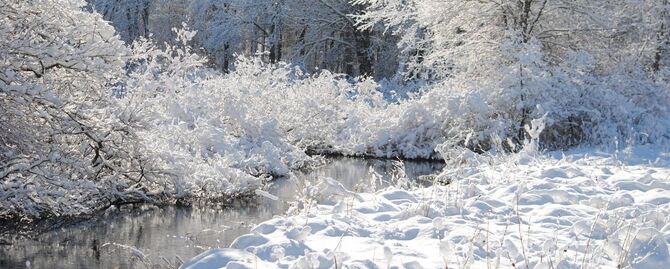
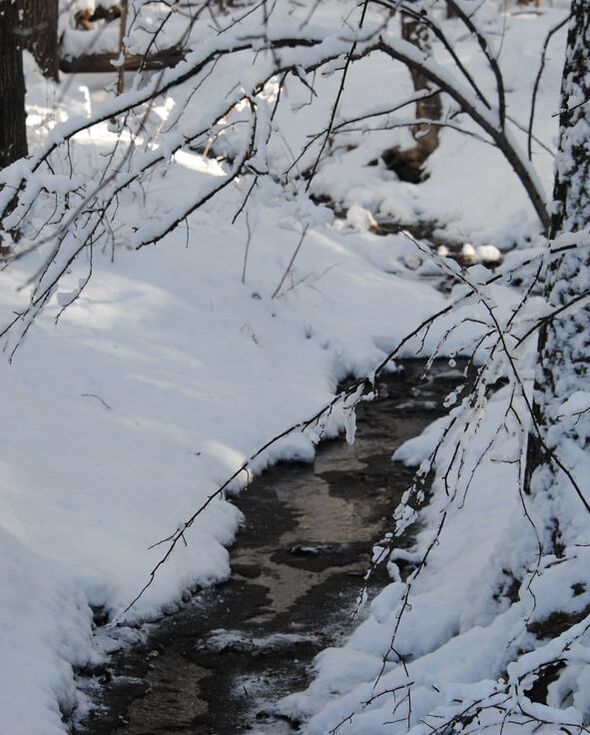
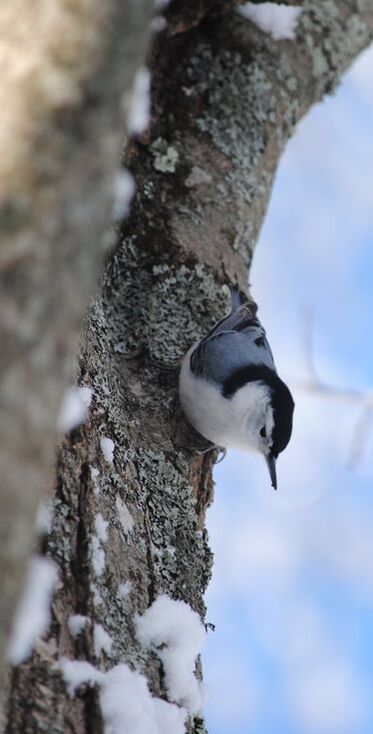
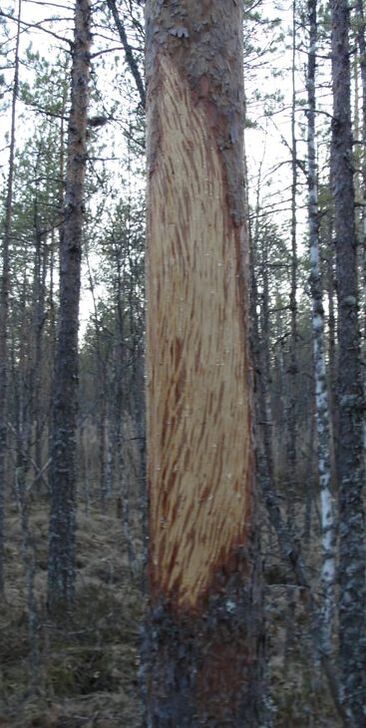
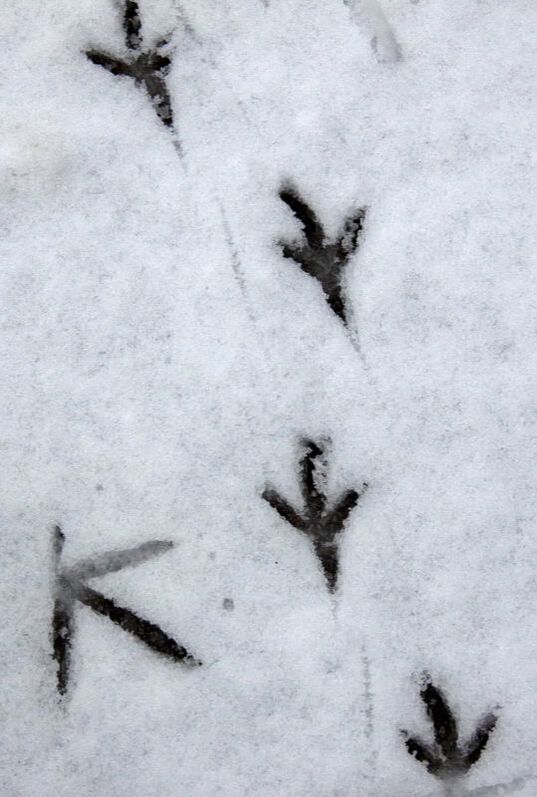
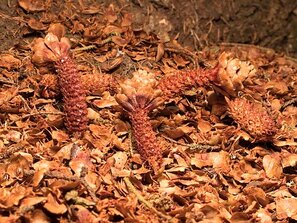
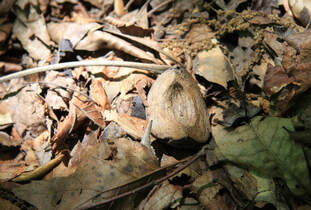
 RSS Feed
RSS Feed
